7 Essential Tips for Effective Clean Room Construction
Building a clean room isn't just about putting up walls and controlling airflow; it's about creating a meticulously controlled environment where precision is key. This guide will walk you through some crucial tips to ensure your clean room construction is both effective and efficient.
1. Understanding the Purpose and Requirements
Before starting clean room construction, it's crucial to understand the specific needs of your clean room. Are there particular standards or regulations to adhere to? What processes will it support? Answering these questions is the first step towards a successful project.
Each clean room has distinct requirements depending on its intended use in industries such as pharmaceuticals, biotechnology, or electronics. Different applications necessitate specific cleanroom classifications and design features. For instance, the pharmaceutical field often demands stringent cleanliness levels to safeguard drug production, while the semiconductor industry focuses on eliminating even the minutest particles to prevent defects in microchip fabrication.
Recognizing these individual requirements leads to better planning, which accommodates both current needs and future expansions. A deep dive into these necessities facilitates a smoother construction process and provides a clear framework for essential infrastructure, such as HVAC systems, air filtration, and controlled lighting and temperature settings.
2. Choosing the Right Location and Layout
The location and layout can significantly impact the efficiency of your clean room construction. Consider factors such as accessibility, space for equipment, and potential for expansion. Proper planning in these areas can save time and costs in the long run.
Beyond the basics of space and accessibility, the layout must account for workflow efficiency and safety. For instance, integrating airlocks at entry points is essential to reduce contamination risks. Gowning areas should be positioned logically to streamline personnel transitions from general to controlled environments, fostering efficient contamination control.
3. Selecting Suitable Materials
Materials play a pivotal role in maintaining the cleanliness of your clean room. Opt for non-shedding, easy-to-clean surfaces that resist contamination. This choice ensures longevity and reliability of your clean room construction.
The selection of materials extends beyond walls and flooring to doors and windows, which are integral for maintaining sterility. Materials like stainless steel offer corrosion resistance and ease of cleaning, crucial for high-usage areas. Similarly, appropriate materials for walls and ceilings, such as CPVC panels, provide necessary chemical resistance, supporting a cleanroom's long-term integrity.
4. Implementing Efficient Air Filtration Systems
A robust air filtration system is the heart of any clean room. Selecting the right filters and ensuring proper air flow patterns are crucial to maintaining an unpolluted environment. Regular maintenance is also key to performance.
Cleanrooms often depend on HEPA and ULPA filters for effective particle filtration. These filters capture a significant majority of airborne particles, ensuring that the internal environment remains contaminant-free. The layout of filtration systems, including air handling units, should facilitate unobstructed airflow, enhancing particulate management even further.
5. Optimizing Temperature and Humidity Controls
Temperature and humidity can drastically affect processes carried out within a clean room. Installing reliable control systems helps maintain the perfect conditions needed for various applications.
The control of these parameters cannot be overstated; they prevent issues like static buildup, condensation, and corrosion, all of which can severely impact clean room performance. Advanced HVAC systems often incorporate humidifiers and dehumidifiers to sustain consistent conditions, ensuring the delicate balance necessary for sensitive operations.
6. Ensuring Proper Lighting and Visibility
Lighting needs to be adequate yet non-intrusive, promoting worker safety without affecting the clean room environment. Choose lighting solutions that are easy to clean and maintain.
High-performance cleanroom lighting involves fixtures designed for easy wash-down and minimal particulate interference. Ensuring well-lit environments not only aids in operational efficiency but also contributes to the safety of personnel working in demanding conditions, where visibility can impact the quality of output.
7. Incorporating Flexibility for Future Needs
Consider the future needs and scalability of your clean room construction. A well-thought-out design allows for modifications and expansions as requirements change, ensuring long-term functionality.
Building with future scalability in mind could mean implementing modular solutions that adapt to changing demands. Such flexibility supports rapid upgrades and reconfigurations without overhauling existing structures, providing a cost-effective path to accommodate evolving technological and operational requirements.
For your next clean room construction project contact CleanAir Solutions, Inc. at (707) 864-9499, or by email to Sales@CleanroomSpecialists.com. You can browse the website for more information at www.CleanRoomSpecialists.com

